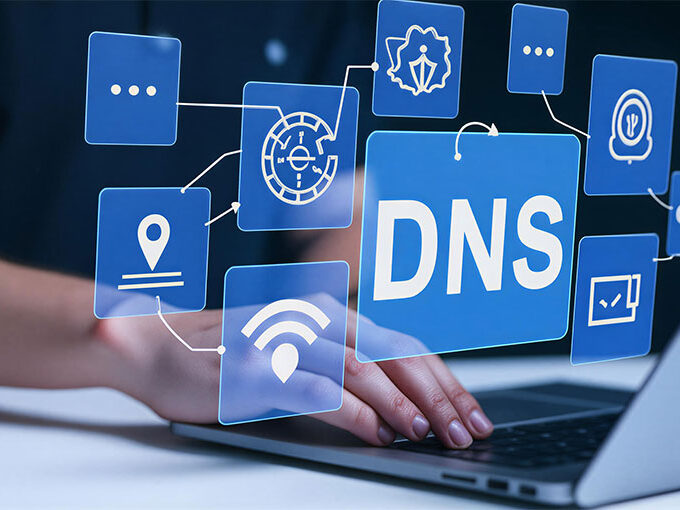Businesses today face both rapid digital transformation and evolving threats that threaten them, which makes ensuring secure internal communication a must if they want to protect sensitive data, ensure regulatory compliance, and avoid financial and reputational loss.
In this article, we’ll examine the exact meaning of secure internal communication in the context of an enterprise and the potential risks worth recognizing, and the best practices to protect your company.
What is Secure Internal Communication?
Secure internal communications refers to the tools employees utilize to communicate and share information. For businesses that have thousands of employees and global operations, secure internal communications can help to move things along at a rapid pace while still ensuring the security layers that are required.
Why Secure Internal Communication is Important for Your Business
Secure corporate communications have always been of paramount importance for large organizations due to the vast amounts of sensitive data they possess, ranging from HR information and strategic data storage solutions to customer data storage systems and IP protection measures.
Data breaches can result in devastating consequences, such as:
- Regulatory fines (GDPR, HIPAA, CCPA, and others).
- Damage to reputation that undermines trust between client and employee
- Production losses due to operational interruptions
- Legal liabilities impacting financial health
Secure internal communications ensure that only those employees have access to the right information. This stops data leaks and helps ensure that organizations meet the global and national requirements for data security.
It’s not just for security. Companies now recognize secure internal communications as a strategic asset rather than solely as a method to mitigate risk. Implementation of such systems enables employers to ensure employees rely on accurate information that has not been altered by third parties, giving employees confidence when making decisions that increase efficiency and speed operations.
Also read: Top 10 Team Communication Tools For Businesses
Challenges and Risks in Secure Internal Communication
Secure internal communication is critical for businesses, but it comes with several challenges and risks:
1. Data Breaches
Financial or project-related data shared internally could be intercepted or leaked if security measures are inadequately enforced.
2. Phishing and Social Engineering
Employees could unwittingly share confidential company data through emails, messaging apps, or fake requests, exposing an indirect security risk to the company.
3. Unsecured Communication Channels
Using unsecured tools (personal emails or public chat apps, for instance) increases the risk of unauthorised access to internal communications.
4. Insider Threats
Disgruntled or careless employees pose an enormous threat to internal security when they leak information about sensitive matters either intentionally or accidentally.
5. Lack of Encryption
Without proper end-to-end encryption, sensitive messages or files can be intercepted during transmission.
6. Compliance Issues
Failure to secure internal communication may lead to violations of data protection regulations like GDPR, HIPAA, or other industry-specific standards.
Best Practices for Secure Internal Communication
Your business can’t afford to let security be left to chance. We at Unily collaborate with IT and HR leaders in some of the most famous brands. Here are some of the best methods we’ve seen to help secure internal communication
1. End-to-End Encryption
Ensure all files, messages, and other content are kept private during transport. Only authorized recipients should have access to read your messages.
2. Use Secure Communication Channels
Do you want to protect your company’s chats and meetings securely? Consider VPNs or SSL/TLS encryption solutions as they protect messages while they travel, making it hard for unwary eyes to peek in on any private communications.
3. Role-based Access Controls
Granular permissions will ensure users only gain access to relevant data. This is key when scaling up controlled artificial intelligence in your company, something many organizations are doing now.
4. Multi-Factor Authentication (MFA)
Make sure you enforce strong sign-in requirements to stop unauthorized access, even if credentials have been compromised.
5. Regularly Audits and Surveillance
Review communication channels by using audit trails. Review the communication channels regularly to ensure compliance with regulations and policies.
Also read: Why SSL/TLS Is Important For Securing Data Communications
6. Awareness and Training for Employees.
Regular training will ensure that your staff can recognize phishing scams, comprehend the importance of secure passwords to secure your systems. Particularly for frontline workers, it’s essential that the training you provide is designed in a specific way.
7. Policy Enforcement
You might consider putting in place rules that prohibit the use of consumer apps for business communications. Only use approved applications with features for compliance and governance, which means you’re not limiting but substituting.
8. Secure Mobile Access
Utilize secure employee applications that provide a consumer-grade experience, however, with enterprise-grade security. Be sure they are protected with protections for devices and are kept up to date.
Conclusion
Secure internal communication is critical for safeguarding sensitive company data and building trust among your team. While challenges such as data breaches, phishing attacks, and insider threats may arise from time to time, using encrypted channels, secure platforms, and policies with clear policies significantly decreases risks, helping ensure your workplace stays safe, efficient, and resilient against cyber threats.










Leave a comment